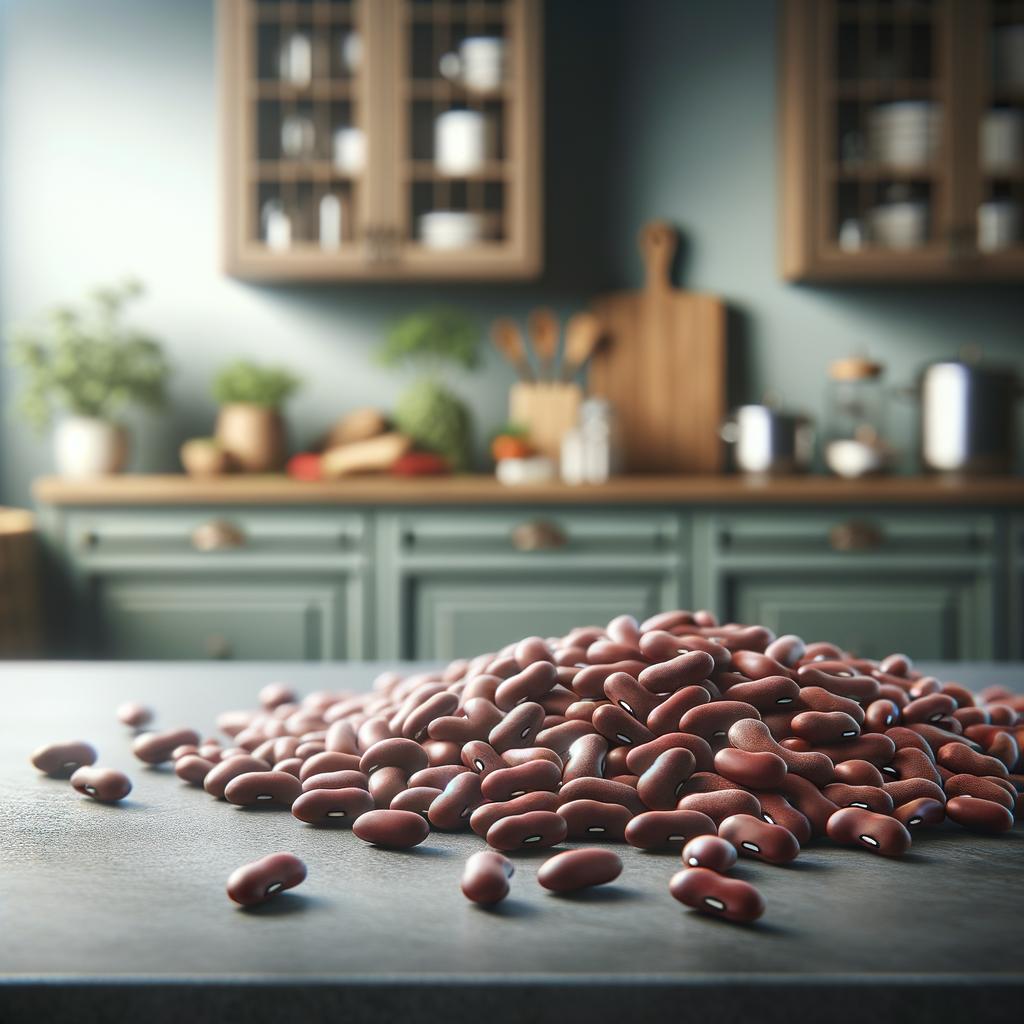Dried Red Kidney Beans

Description
The dried red kidney bean is a humble yet marvelous ingredient that has graced kitchens around the globe for centuries. These beans, named for their visual resemblance to a human kidney, are characterized by their vibrant, deep red hue and robust, kidney-like shape. When cooked, they transform into a tender delight, with a creamy texture that is both satisfying and comforting. Their flavor profile is rich and hearty, with a subtly sweet undertone that complements a variety of dishes. What sets these beans apart is their remarkable ability to absorb the flavors of the ingredients they are cooked with, making them a versatile powerhouse in the culinary world.
Primary Uses
Red kidney beans are a staple in a wide range of cuisines, from the spicy rajma of North India to the comforting chili con carne of the American Southwest. They're often used in soups, stews, and salads, and they're a key component of the classic rice and beans dish in many Latin American cultures. Beyond their culinary uses, these beans have been used traditionally in various cultures for their medicinal properties, such as promoting heart health and aiding in digestion. Their cultural significance is vast, often symbolizing fertility and good luck in certain traditions.
History
The story of the red kidney bean is as rich and diverse as the dishes it graces. Originating in Central and South America, these beans were a crucial part of the indigenous diet and were traded widely due to their long shelf life. With the advent of the Columbian exchange, red kidney beans found their way to Europe and Asia, where they quickly became an integral part of local cuisines. Over time, their use and popularity have only grown, with red kidney beans now being a staple food item worldwide. Folklore often associates these beans with protection and luck, with some cultures even using them in rituals and ceremonies.
Nutritional Information
Red kidney beans are a nutritional powerhouse, packed with protein, fiber, and a host of essential vitamins and minerals. They are particularly high in iron, potassium, and folate, making them a great choice for vegetarians and vegans. The high fiber content aids in digestion and promotes a feeling of fullness, making them a popular choice for weight management. When compared to similar ingredients like black beans or pinto beans, red kidney beans stand out with their higher iron content and slightly sweeter flavor profile. However, it's important to note that these beans must be properly cooked before consumption, as raw or improperly cooked red kidney beans contain a naturally occurring toxin called phytohaemagglutinin.
As we explore the world of food, the humble red kidney bean reminds us that even the simplest ingredients have a rich history, a diverse range of uses, and a wealth of nutritional benefits.

